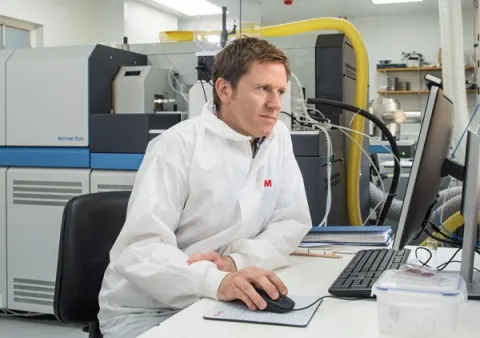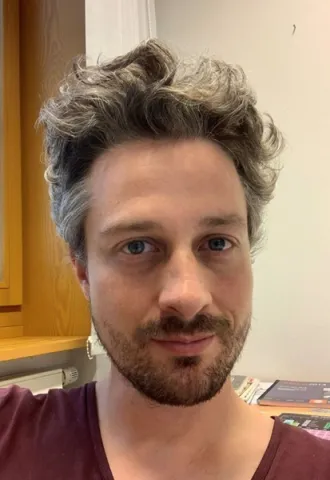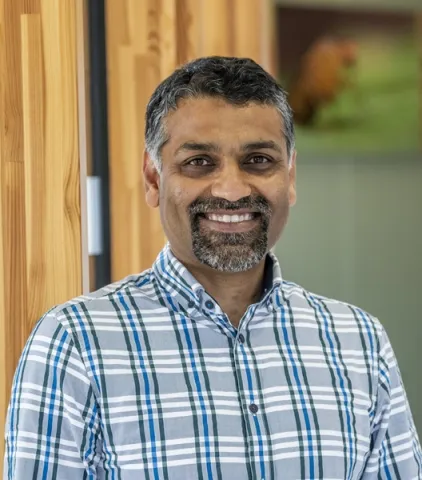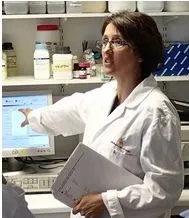About the project
All organisms that calcify in the ocean grow their biominerals within a “privileged space” filled with a calcifying fluid. Here we will develop new ways, and test old methods, of measuring the chemical composition of this space to provide a unique window into the way environment influences skeleton and shell construction in two key marine calcifiers (corals and foraminifera).
The calcium carbonate CaCO3 shells and skeletons of foraminifera and stony corals underpin many The calcium carbonate CaCO3 shells and skeletons of foraminifera and stony corals underpin many important ecosystem services, from coastal protection to carbon export. Yet exactly how these organisms make their CaCO3 skeleton/shell remains unclear, and this uncertainty complicates predictions of their future and undermines mitigation efforts.
Both corals and foraminifera alter the chemical composition of their seawater-derived calcifying fluid to favour CaCO3 growth (Gilbert et al. 2022): they increase its pH, calcium (Ca) and carbon content. However, it is incredibly difficult to observe this space and measure its composition, so we are limited to a handful of direct observations (e.g. Sevilgen et al. 2019), and a number of indirect measures based on CaCO3 chemical composition (e.g. McCulloch et al. 2017).
In this project you will join a multidisciplinary team aimed at understanding biomineralisation as part of several large ongoing research grants cutting across the University.
You will:
- 1. Develop a new Raman based approach to directly measure the carbonate system within the calcifying fluid of both corals and foraminifera.
- Establish new indirect tracers of the calcifying fluid composition based on CaCO3 composition (e.g. S/Ca).
- Compare and assess your new direct measurements of calcifying fluid carbonate chemistry with the new tracers you will develop.
Armed with this new understanding you will explore how calcifying fluid composition changes as a function of environment in stony corals and foraminifera allowing us to better predict and mitigate the impacts of future climate and environmental change on these important ecosystem engineers.
Training
All doctoral candidates will enroll in the Graduate School of NOCS (GSNOCS), where they will receive specialist training in oral and written presentation skills, have the opportunity to participate in teaching activities, and have access to a full range of research and generic training opportunities. GSNOCS attracts students from all over the world and from all science and engineering backgrounds. There are currently around 200 full- and part-time PhD students enrolled (~60% UK and 40% EU & overseas). Specific training will include:
- Raman and Coherent Anti-stokes Raman Spectroscopy to measure the HCO3- and CO2 of the calcifying fluid.
- Confocal microscopy and the determination of intra and extra cellular pH using pH-sensitive dye
- Boron isotopic analysis of coral skeletons and foraminifera shells by laser ablation and solution MC-ICPMS.
- Elemental analysis of coral skeletons and foraminifera shells by laser ablation and solution ICP-MS.
- Foraminiferal and coral culturing methods
- Foraminiferal and coral taxonomy
- Oral communication of scientific findings at meetings, national and international conferences, workshops and outreach events.
- Written communication of scientific findings in scientific journals.
- Collaboration with a network of scientists.




